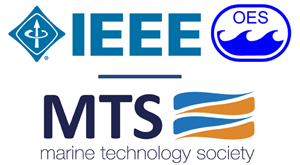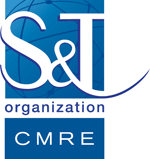AUV Technology and Application Basics
Brett Hobson, Brian Kieft (MBARI – Monterey Bay Aquarium Res. Inst., USA)
AUV Application Basics is a short course that provides an overview of current AUV technologies and operations. The objective is to establish a basic understanding of what currently available AUV systems can provide for oceanographic applications. The attendee will gain basic understanding of AUV types, technologies, terminology, and navigation techniques, including discussion of the comparative strengths of AUVs and alternative methods of data collection. The attendee will also be provided an understanding of tradeoffs in AUV operations, including power estimation, endurance considerations, and mission structure to acquire the desired data sets. Examples of survey optimization to reduce error will also be given. Key points will be illustrated by applications and results from the Monterey Bay Aquarium Research Institute’s (MBARI) Dorado AUV and Tethys AUV operations.
The course will include:
- Basic AUV technology: Comparison of alternative methods for data collection; the wide range of AUVs available including gliders, propeller-driven, buoyancy-driven, crawling,and environmentally driven AUVs; common AUV applications and the style of vehicle typically associated with each application.
- AUV at-sea operation: Overview of launch and recovery techniques and associated equipment; vehicle preparation and operational scenarios; vehicle and human hazards.
- Navigation techniques: Ulta-short-baseline and long-baseline methods; on board methods, including inertial navigation, terrain-aided navigation, simultaneous localization and mapping and a comparison of tradeoffs between different types of navigation.
- Payload considerations: data artifacts, instrument positioning, and drag considerations; AUV payloads in use today and in the near future; comparison of various AUV power options.
- Mission planning: Survey optimization; common AUV behaviors; examples from missions in the Monterey Bay and beyond, ranging from mapping to midwater to thephotic zone; AUV integration into sampling networks and multiple AUV operations.
- Upcoming AUV advances: Higher complexity tasks; increased autonomy; a persistentocean presence.
Each attendee will receive useful tools, including spreadsheets and MATLAB code to aid in typical AUV development and operations. Included are weight and balance and power versus distance spreadsheets, as well as code for optimizing velocity for maximum range and performing drag calculations. The interactive format of the course and the materials provided will allow attendees time for discussion of the relevance of real or potential AUV plans.













.png)
.png)